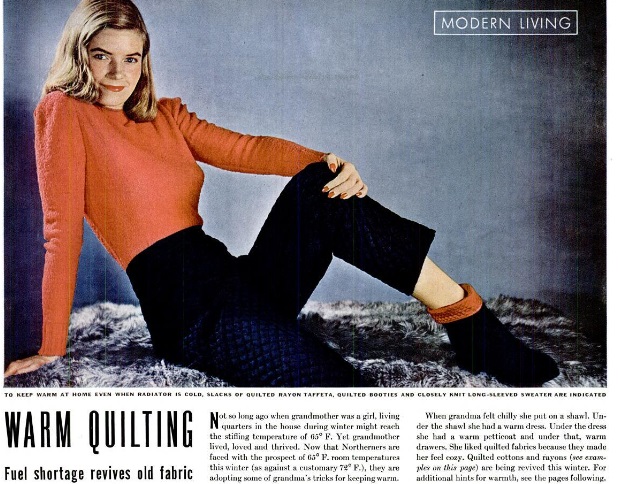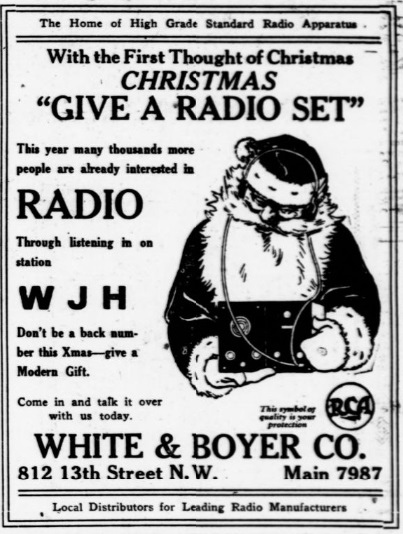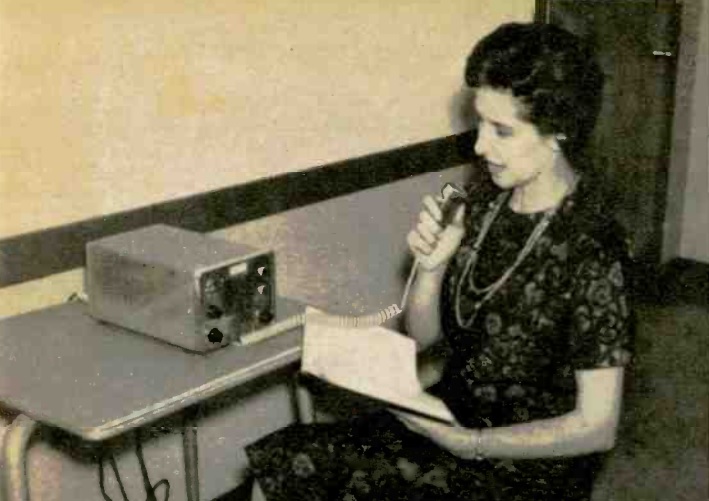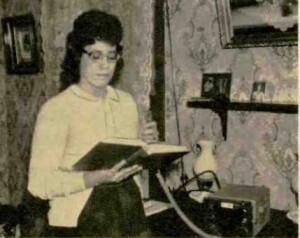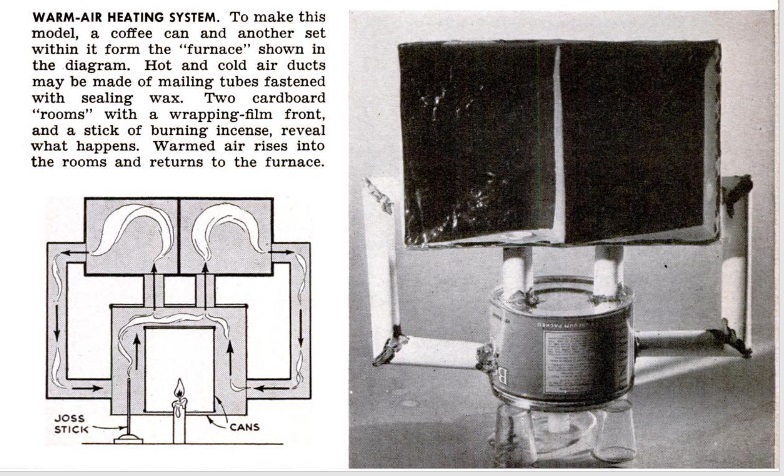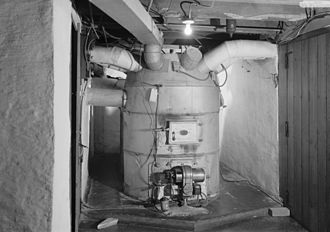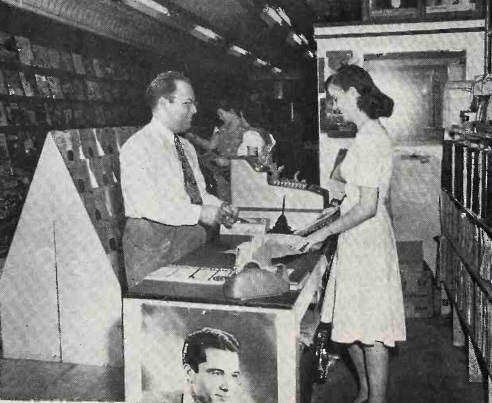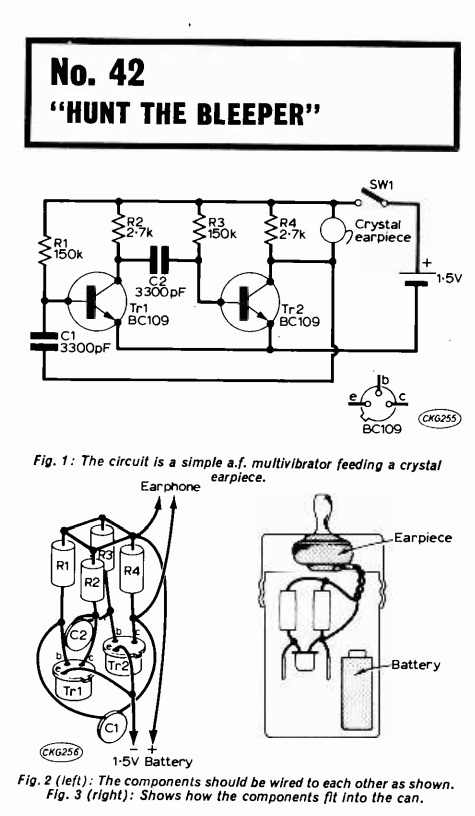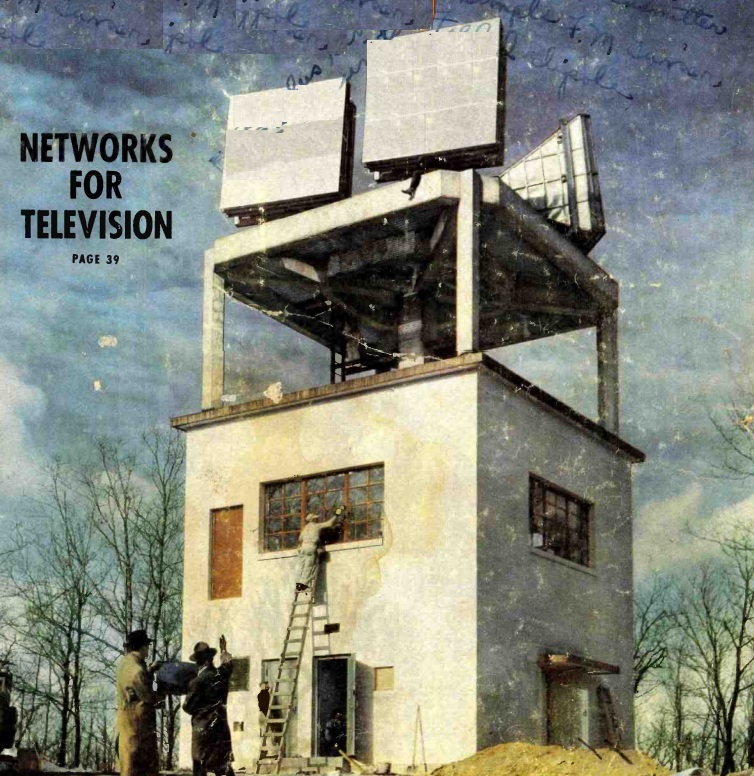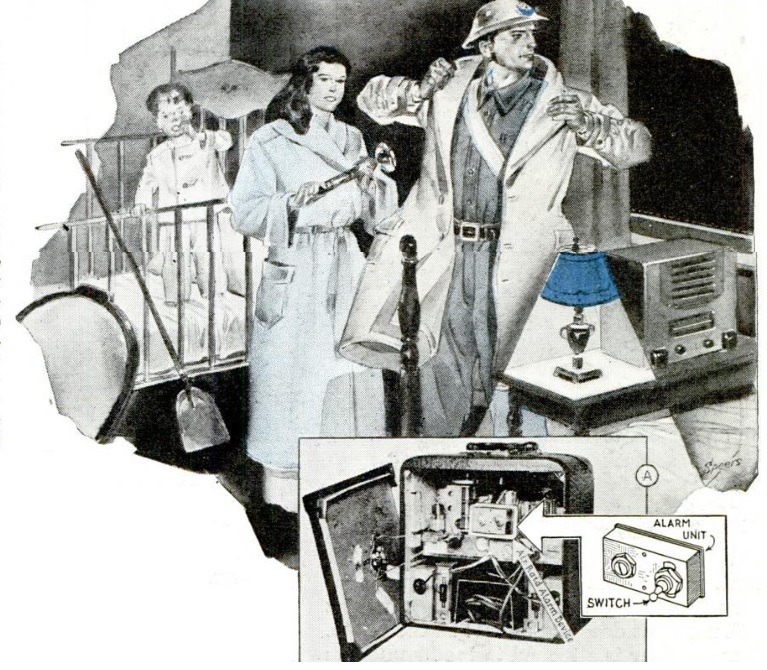 Fifty years ago this month, I got some sad news in the mail.
Fifty years ago this month, I got some sad news in the mail.
A couple of years earlier, as previously recounted here, I had been perusing the Publishers Clearing House mailing (which contained numerous personal notes written to me by my personal friend, company head honcho Robert H. Treller) and was intrigued by a magazine named Electronics Illustrated. I subscribed, and I think the magazine was one of the main things that spurred my interest in radio and all things electronic.
In fact, I even got my name in the magazine, as one of the finalists in the magazine’s ![]() “Win the World” contest, for submitting QSL card from shortwave and broadcast stations I had heard, as shown here in the March 1972 issue. I actually hadn’t submitted that many cards, and I was a little bit surprised that I had done as well as I had. And I was just a little bit proud to be a ten year old with my name in a national magazine. I figured the next year, I’d be able to easily win a valuable prize by employing a slightly better strategy.
“Win the World” contest, for submitting QSL card from shortwave and broadcast stations I had heard, as shown here in the March 1972 issue. I actually hadn’t submitted that many cards, and I was a little bit surprised that I had done as well as I had. And I was just a little bit proud to be a ten year old with my name in a national magazine. I figured the next year, I’d be able to easily win a valuable prize by employing a slightly better strategy.
But unfortunately, there would be no next year. Fifty years ago, the magazine delivered the sad news shown above, in the magazine’s November 1972 issue, which was to be the last. The magazine put the best spin on it as possible, and announced it as a “merger” with Mechanix Illustrated. But I knew better. I predicted that the “Electronics Illustrated” name would soon disappear completely, and it did. They had to placate us loyal subscribers by sending something, and they did it by continuing the subscription with Mechanix Illustrated. That was a good magazine, but it wasn’t the same.
The editor seemed to even concede this, in the full announcement buried deep in the last issue, in which he conceded that he would “miss the club-like atmosphere and special insider’s language.” He hit the nail on the head. I felt like I was a member of the club and had learned a new insider’s language, but now the club was to be disbanded. Bad news on the doorstep, indeed.

